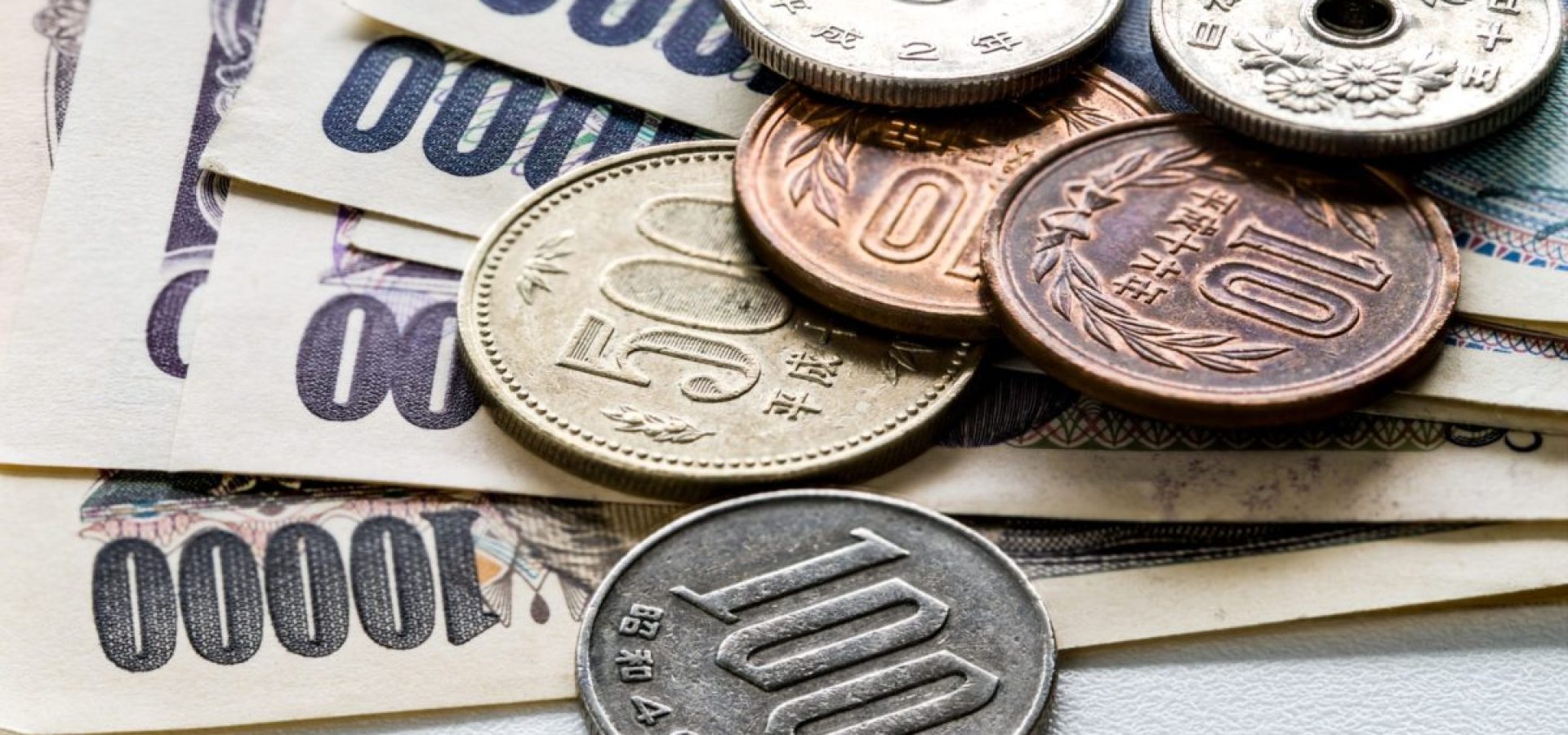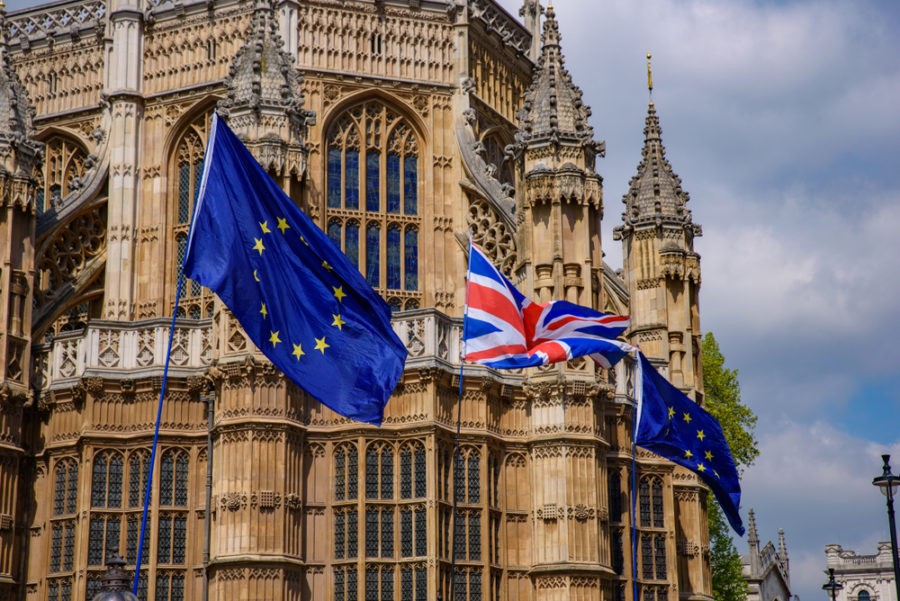The Japanese yen traded at 106.30 per dollar on Tuesday. The Cabinet Office data showed that Japan’s economy shrank an annualized 28.1% in April-June. That caused some turbulence to the Japanese Yen, but it managed to steady considerably.
Meanwhile, the British Pound plummeted down by 0.8% versus the dollar due to stalemate in EU-UK trade negotiations. The Sterling traded at $1.3162 in Asia, and it was slightly above a two-week low against the Euro at 89.77 pence.
On the other hand, the greenback increased by 0.2% against a basket of currencies over the last days. It held on to small overnight gains on Tuesday. Traders weighed whether an accommodative turn from the ECB later this week could hit the Euro. Such contemplations served to strengthen the dollar.
The European Central Bank plans to announce its policy decision on Thursday. Most traders expect that the bank won’t change its policy stance. However, they are waiting for the response on its inflation forecasts and whether the ECB is concerned by the Euro’s strength.
The Euro had hit a two-year high just above $1.20 at the beginning of September before the ECB chief economist Philip Lane commented about its level. After that, the currency lowered considerably.
The ECB could raise more concerns over a further appreciation in the common currency and make some downward revisions to its inflation projections – stated Kim Mundy, the currency analyst of the Commonwealth Bank of Australia. On the other hand, the greenback may rise further over the week due to the possibility of the ECB taking a sharper dovish turn.
What about the Australian dollar?
In Asia, risk appetite seemed to return to equity markets, holding the dollar under gentle pressure. However, moves were modest.
The Australian dollar climbed up by 0.1% to $0.7280, while the New Zealand dollar rose insignificantly from its overnight lows. The kiwi tumbled down after a Sunday’s statement from the central bank, which raised the prospect of negative rates.









COMMENTS